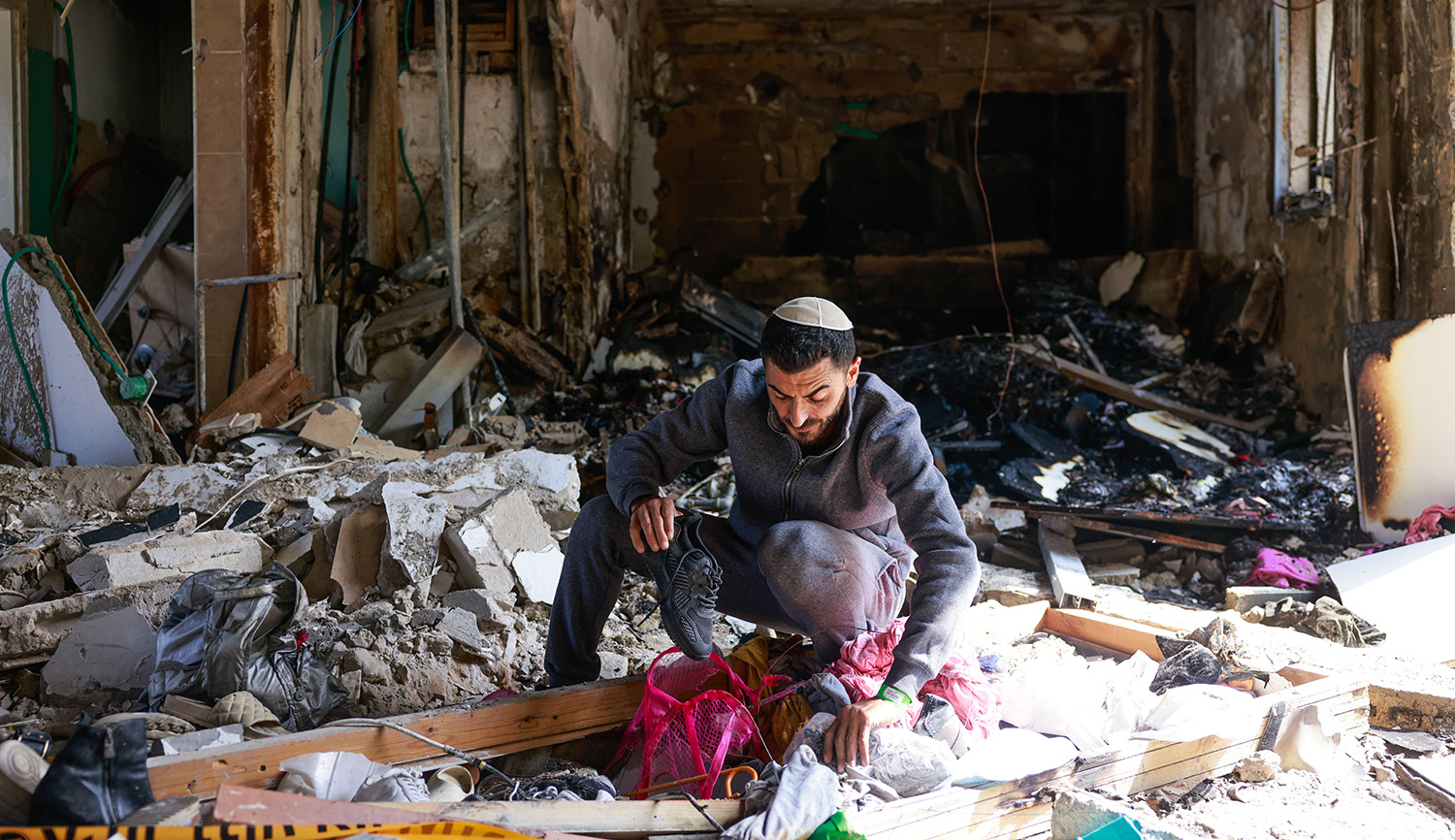Known to Ashkenazi Jews primarily from a Yiddish expression (“as cupping helps a corpse,” describing something not at all helpful), the folk-medicinal practice of cupping has recently received public attention because of its use by the Olympic swimmer Michael Phelps. The treatment can be traced back to ancient Egypt and China, and archaeologists have found evidence that it was used in ancient Israel as well. Megan Sauter writes:
Vessels like [the] small, hollow, bell-shaped cup [found at Masada] were used for the medical treatment of cupping, [which involved] placing heated cups on the skin to improve blood flow. . . .
Masada [was] a desert fortress in the Judean wilderness near the Dead Sea that was occupied by Jewish rebels during the first Jewish revolt (66–73 CE). The [cupping] glass was found in the destruction layer of 73 CE—when the Romans defeated the rebellion—with several coins inside, a clever hiding spot that remained concealed for nearly two millennia until the Israeli archaeologist Yigael Yadin uncovered it in the 1960s. [The archaeologist] Amnon Ben-Tor suggests that the rebels may have been using this therapy during their confinement in the fortress. Another scholar who studied the cupping glass, however, believes it belonged to a Roman physician and was taken as loot by the rebels, who hid it with the accompanying shekels.
Read more at Bible History Daily
More about: Archaeology, History & Ideas, Masada, olympics, Yiddish


